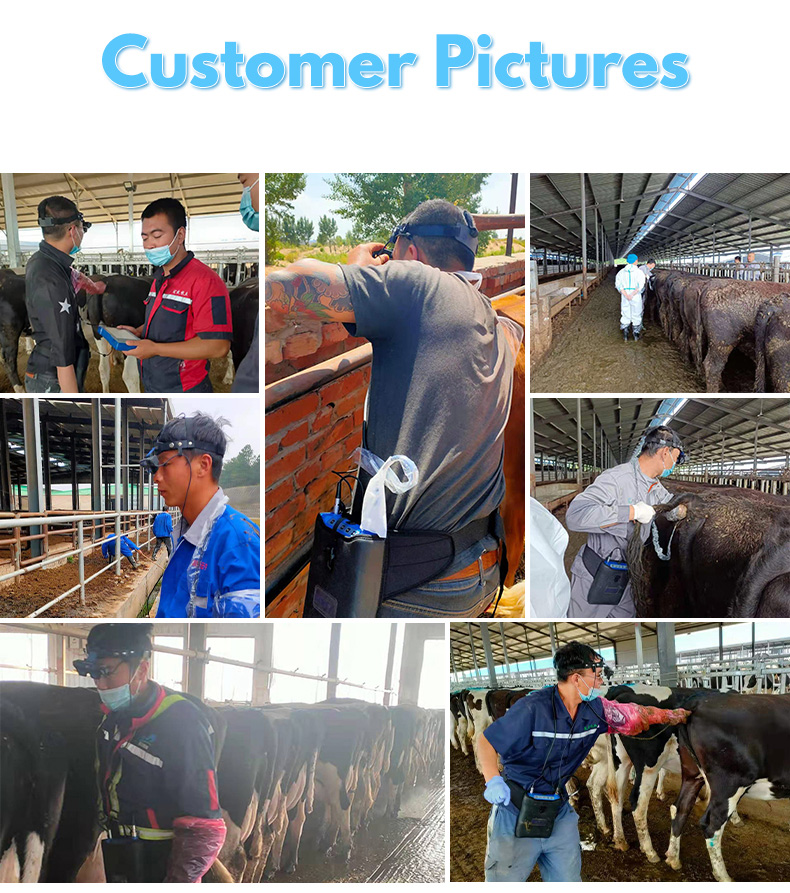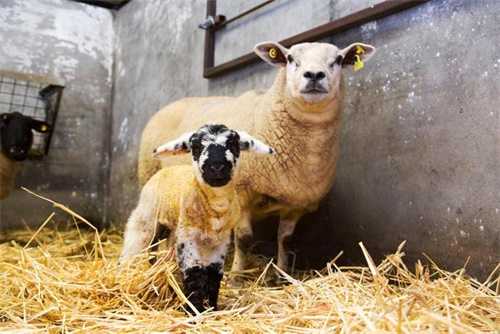Timing the Onset of Follicular Development in Sows
Understanding the precise timing of follicular development in sows is essential for effective swine reproduction management. Across the globe, researchers, veterinarians, and farmers have increasingly recognized that early detection and monitoring of ovarian activity can significantly improve breeding success rates, reduce non-productive days, and enhance the overall efficiency of swine production. Among the various tools used in modern pig farming, ultrasonography—especially B-mode ultrasound—stands out as a powerful, non-invasive method for observing follicular changes within the ovaries.
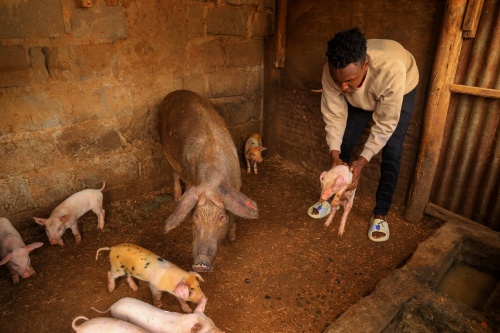
In this article, we explore when sow follicles begin to develop after weaning, the physiological and hormonal triggers involved, the significance of timing in artificial insemination (AI), and how international farms leverage ultrasonographic technology to fine-tune reproductive strategies.
The Physiology Behind Follicular Development in Sows
Follicular development in sows refers to the process by which ovarian follicles mature from a dormant stage to a state ready for ovulation. This is regulated by a complex interaction of endocrine signals—mainly gonadotropins such as FSH (follicle-stimulating hormone) and LH (luteinizing hormone)—produced by the hypothalamic-pituitary-gonadal axis.
In commercial swine farming, follicular activity typically resumes shortly after weaning. According to global veterinary consensus, most sows initiate follicular growth within 24–48 hours post-weaning. These initial follicles are relatively small but begin to grow rapidly, reaching pre-ovulatory size (6–9 mm in diameter) within 3–5 days, culminating in estrus and ovulation around day 4–6 after weaning.
Several factors influence this timing, including:
-
Lactation length and sow parity
-
Nutritional status and body condition
-
Seasonal effects and thermal stress
-
Genetics and management practices
Understanding the variation in this timeline is critical for synchronizing AI and ensuring that insemination aligns with ovulation for maximum conception rates.
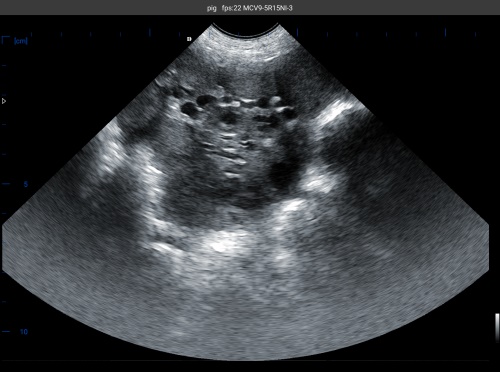
Global Understanding: What Do Foreign Experts Say?
Veterinary reproductive specialists from Europe and North America emphasize that identifying the onset of follicular activity is a cornerstone of reproductive success. Dr. Jeffrey Stevenson of Kansas State University states that “knowing when follicular waves begin allows for better control over AI protocols, minimizing guesswork and improving farrowing rates.”
Similarly, in Denmark—one of the world’s leaders in swine reproduction technology—researchers at the University of Copenhagen found that early follicular development can be reliably detected with transabdominal ultrasound around 48 hours post-weaning. These insights have led to refined insemination schedules and a greater emphasis on using imaging to confirm ovulation status.
How Ultrasound Helps Track Follicular Growth
Ultrasound technology has revolutionized sow reproduction monitoring. B-mode (brightness mode) ultrasound, which provides real-time grayscale imaging, is commonly used to visualize ovarian structures. Follicles appear as round, fluid-filled anechoic (black) areas on the ovarian surface, distinguishable from the surrounding ovarian stroma.
Ultrasound offers several benefits in this context:
-
Real-time detection of follicle size and number
-
Tracking of follicular progression from small antral follicles to pre-ovulatory size
-
Confirmation of ovulation by the disappearance of follicles and appearance of corpora hemorrhagica
-
Evaluation of reproductive health, including identification of cystic ovaries or anovulatory cycles
On farms using modern portable ultrasound devices like the BXL-V50, real-time monitoring of ovarian development has become a routine and efficient practice. These devices allow for scanning in field conditions, even in group-housed sows, without disrupting herd dynamics.
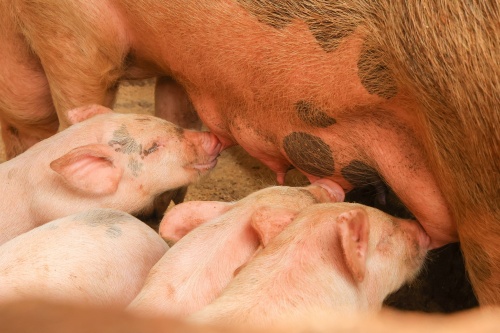
The Importance of Timing in AI
Artificial insemination success is highly dependent on accurate timing. Inseminating too early or too late in relation to ovulation drastically reduces the chances of fertilization. Because ovulation typically occurs 36–44 hours after the onset of standing estrus, knowing when follicles begin to grow allows veterinarians to predict estrus onset and plan insemination accordingly.
International guidelines suggest that AI should ideally occur twice: once at 12–24 hours after estrus detection and again 12 hours later. However, this can vary depending on whether fixed-time AI (FTAI) protocols are being used, which require even more precise timing based on hormone administration and follicular development stages.
By integrating ultrasound into the process, farms can confirm that follicles are appropriately sized before administering hCG or GnRH to induce ovulation—leading to better synchronization and higher pregnancy rates.
Case Study: Follicular Monitoring in European Sow Herds
A 2022 study from the University of Ghent in Belgium monitored 60 sows post-weaning using transabdominal ultrasound. Results showed that:
-
85% of sows began follicular growth by 36 hours post-weaning
-
Pre-ovulatory follicles (≥6 mm) were observed by day 3 in 90% of sows
-
Ovulation occurred between day 4 and 5, confirming existing models
Farmers adjusted their insemination protocols accordingly, resulting in a 6% increase in farrowing rate and a notable decrease in returns.
This research underlines the utility of ultrasonography in tailoring breeding schedules to real-time physiological data rather than relying solely on behavioral signs.
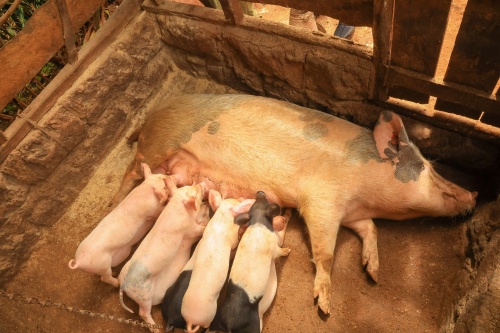
Environmental and Nutritional Factors
Follicular development does not occur in a vacuum. Environmental stress, particularly heat stress, is known to suppress LH pulses and delay follicular growth. Similarly, sows with low body condition scores at weaning may experience delayed or insufficient follicular development.
International best practices suggest:
-
Maintaining optimal body condition (2.5–3.0 on a 5-point scale) at weaning
-
Implementing cooling systems during hot months
-
Providing high-energy, high-protein diets to support early follicular growth
By combining these strategies with ultrasound monitoring, producers can ensure that sows are physiologically prepared to enter their next reproductive cycle without delay.
Beyond the First Follicular Wave: Implications for Reproductive Planning
It’s important to note that not all follicles that begin to grow after weaning will ovulate. Some undergo atresia—a natural process where follicles degenerate. This is why repeated ultrasound monitoring, ideally at 12–24 hour intervals post-weaning, provides a fuller picture.
Moreover, for producers using batch breeding systems or seeking to synchronize large groups of sows, understanding follicular timing helps fine-tune the use of reproductive hormones and manage weaning-to-service intervals more efficiently.
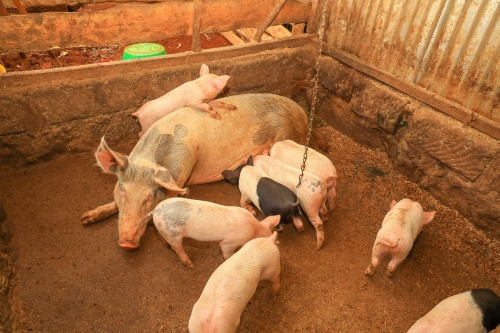
Conclusion: Ultrasound-Guided Precision in Sow Reproduction
Knowing when follicles start to develop in sows is more than a matter of curiosity—it’s a vital piece of information that guides the entire breeding program. Around the world, producers and veterinarians are embracing ultrasound as a key technology for reproductive management.
By identifying follicular growth within 24–48 hours post-weaning, producers can:
-
Better time insemination
-
Improve conception and farrowing rates
-
Reduce non-productive days
-
Optimize the use of hormonal interventions
As swine production becomes increasingly data-driven, ultrasonography offers a window into the sow’s internal reproductive timeline—ensuring that decisions are based on biology, not guesswork.
Whether you manage a large commercial herd or a small family operation, integrating ultrasound into your reproductive strategy offers a clear path to greater efficiency and success.
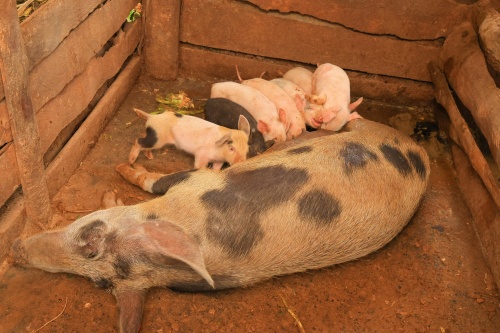
References:
-
Stevenson, J. S. (2021). Use of Ultrasonography in Sow Reproductive Management. Kansas State University Extension.
https://www.ksre.k-state.edu -
Kirkwood, R. N., & Aherne, F. X. (2017). Advances in Reproductive Physiology of the Sow. Journal of Swine Health and Production.
https://www.aasv.org -
University of Copenhagen, Faculty of Health Sciences. (2020). Ovarian Monitoring in Post-Weaning Sows Using Ultrasound.
https://sund.ku.dk -
University of Ghent. (2022). Follicular Development Post-Weaning in Sows: An Ultrasound Approach.
https://www.ugent.be

